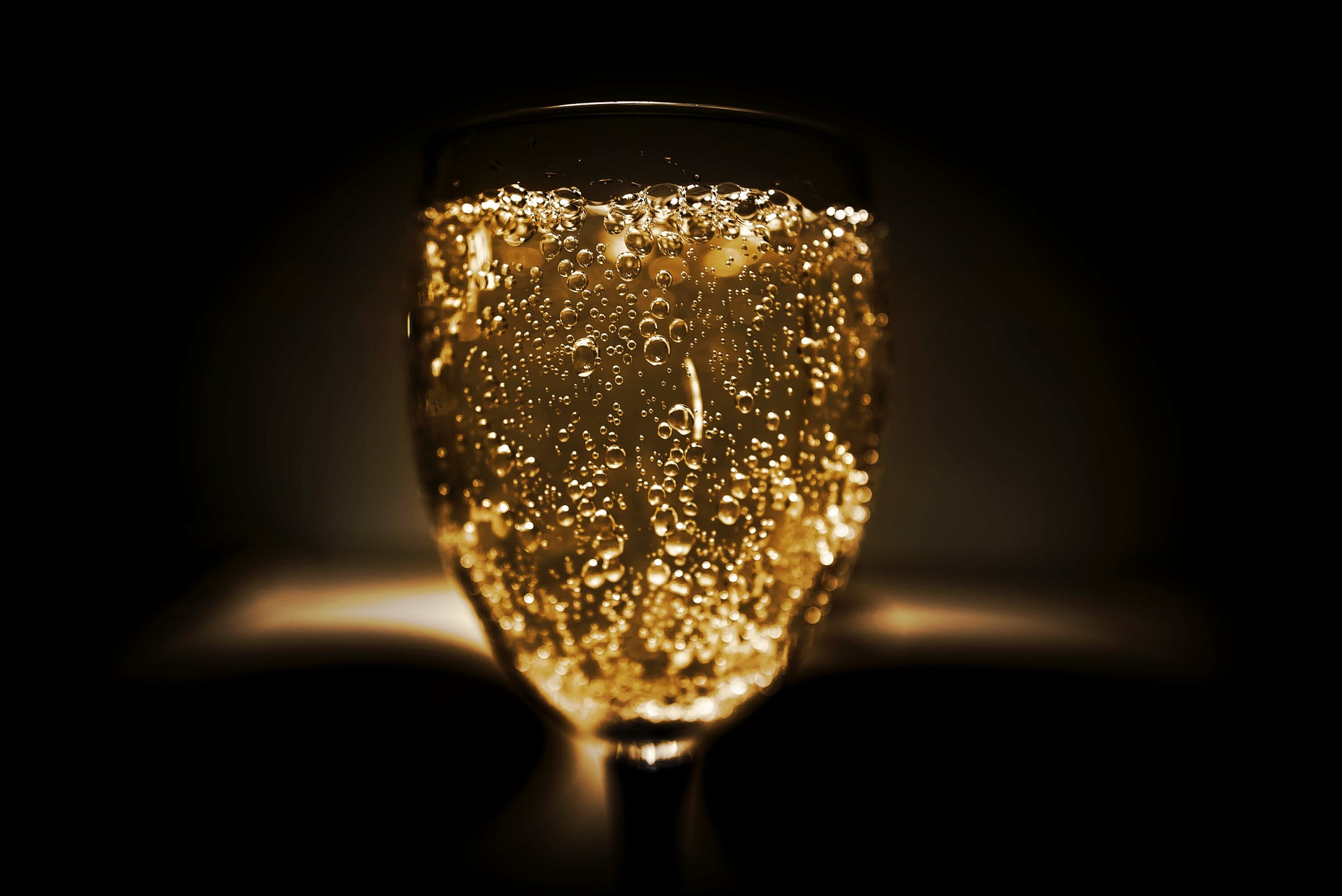The reverence we have for wine is incredible; you might have heard some describe it as bottled poetry, while others think it is proof that God loves and wants us to be happy. Therefore, it has become a contestant on every occasion. Still, as much as we love wine, not everyone understands all there is to it. Most people use “sparkling wine” and “champagne” interchangeably, yet they are different and know which to serve at the dinner table is important. Although all champagne is sparkling wine, not all sparkling wine is champagne. Let’s tell you a few details about sparkling wine to help you make the distinction between the two.
Defining Sparkling Wine
Sparkling wine has high carbon dioxide levels that make it fizzy. The carbon dioxide is usually absorbed during the fermentation process that occurs under pressure. The fermentation is activated when sugar and yeast are added to a base wine. The yeast and sugar react, causing the release of carbon dioxide that manifests as bubbles in the wine.
How is Sparkling Wine Made?
The main methods of making sparkling wine include:
Carbonation
This is the fastest and cheapest way, but the expression “easy come, easy go” applies even here. It is considered inferior because all you need is to inject liquefied carbon dioxide directly into still wine, but the bubbles will dissipate as fast as they appear.
Charmat method
It is also known as the tank method or Martinotti method, adopting its name from the inventor. It starts with a base wine mixed with yeast and sugar in a large stainless steel tank. The tank is held under pressure; thus, the yeast and sugar begin a second fermentation process that forces carbon dioxide into the wine. Federico Martinotti invented this technique and patented it in 1895, but Eugene Charmat made some improvements and patented it under his name in 1907.
Champagne method
When money is not an object, this is the most preferred method because it also guarantees high-quality wine. The process begins with making dry wine from young grapes, and different base wines are mixed to form a cuvée. Yeast and sugars are added to the cuvée for the second fermentation to begin, and then the bottles are bottled. The wine ages as the yeast particles die, and the longer the period, the better.
The bottle is then placed upside down so the yeast particles can collect at the bottle’s neck. The bottle is then frozen for the yeast particles to be easy to remove once the crown is popped off. A mixture of sugar and wine is then added to the bottles, which are corked, wired, and ready for labeling.
Transfer method
This is similar to the champagne method but less expensive and does not produce high-quality wine. The only difference is that the secondary fermentation occurs in the bottle, and the filtering process of the dead yeast particles happens in a pressurized tank. The expense of collecting sediments at the neck of bottles, freezing the wine, and popping off the crown cap is eliminated.
What is the Origin of Sparkling Wine?
The story is told of Dom Pierre Pérignon, a Benedictine monk and a cellar master who served at the Abbey of Saint-Vannes and later at the Abbey of Hautvillers. As the man in charge of wine production, he was very particular about the quality. Therefore, he avoided using white grapes because they would enter re-fermentation.
The cellar master also preferred a small harvest, therefore, pruned the vines to ensure they did not grow higher than three feet. Harvesting was done in strict conditions to prevent grapes from being bruised, and the large ones were discarded. He also strongly advocated for a natural fermentation process.
Dom Pérignon was such a wine expert that he became known for his blind tasting, meaning he could tell the source of the grapes by tasting wine. This was later misconstrued to mean that he was a blind monk. The myth further goes that Dom Pérignon one day made sparkling wine purely by accident. As he drank some wine, he cried out that he was drinking stars.
The explanation later was that the bottle he was drinking from had been sealed because he believed the fermentation process was over while, in fact, it had only stalled during winter. Therefore, in spring, as temperatures rose, re-fermentation began causing carbon dioxide to be produced. Hence he saw bubbles.
As interesting as the myth is, it is believed to have been fabricated to raise the social status of the abbey and the monk, Dom Grossard, who documented it in 1821. Whether true or not, the wine industry embraced it to the extent of the Syndicat de Commerce naming Dom Pérignon the “father of champagne” in 1889. The honor is quite ironic considering how much Dom Pérignon was against re-fermentation, yet there would be no sparkling wine without it.
